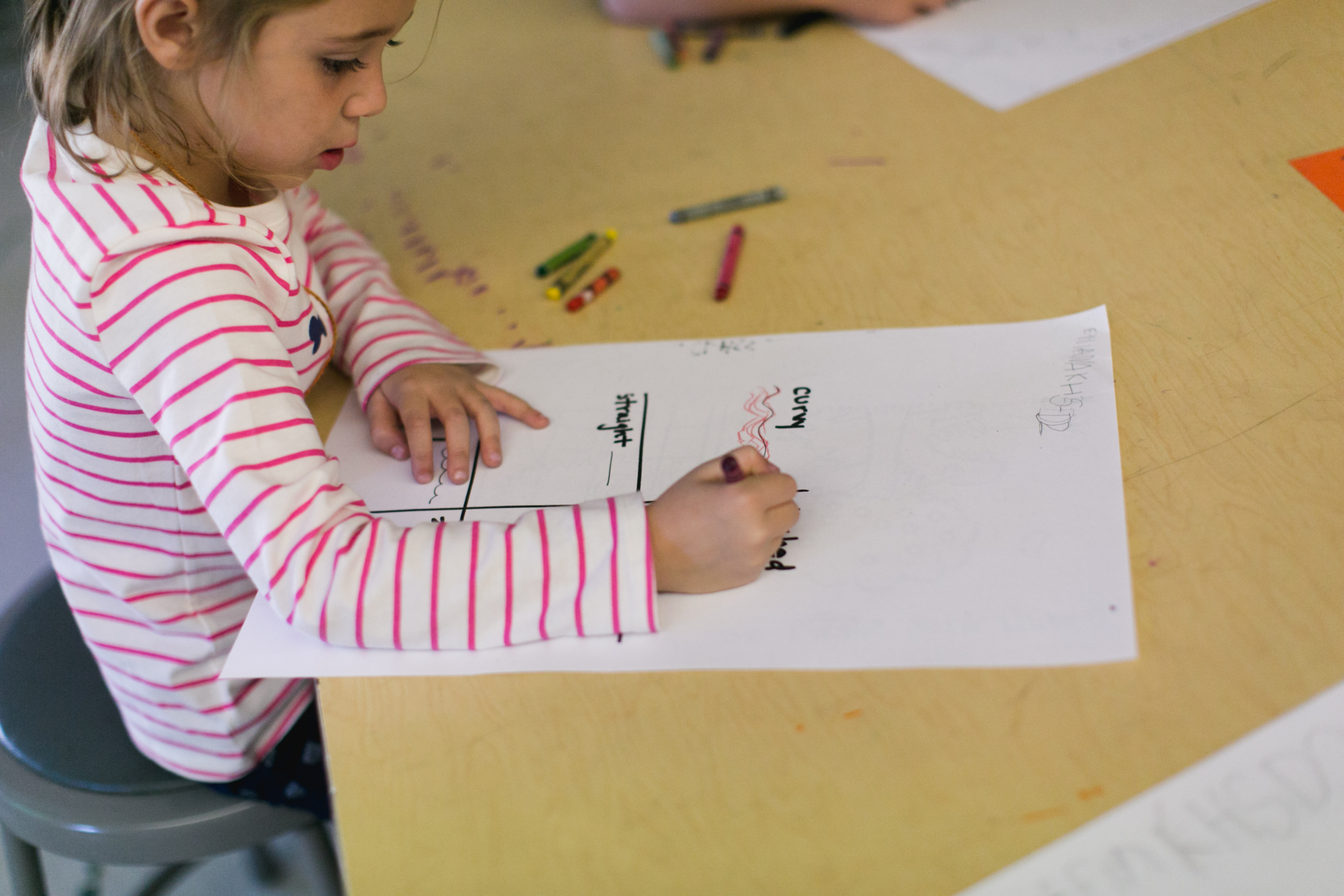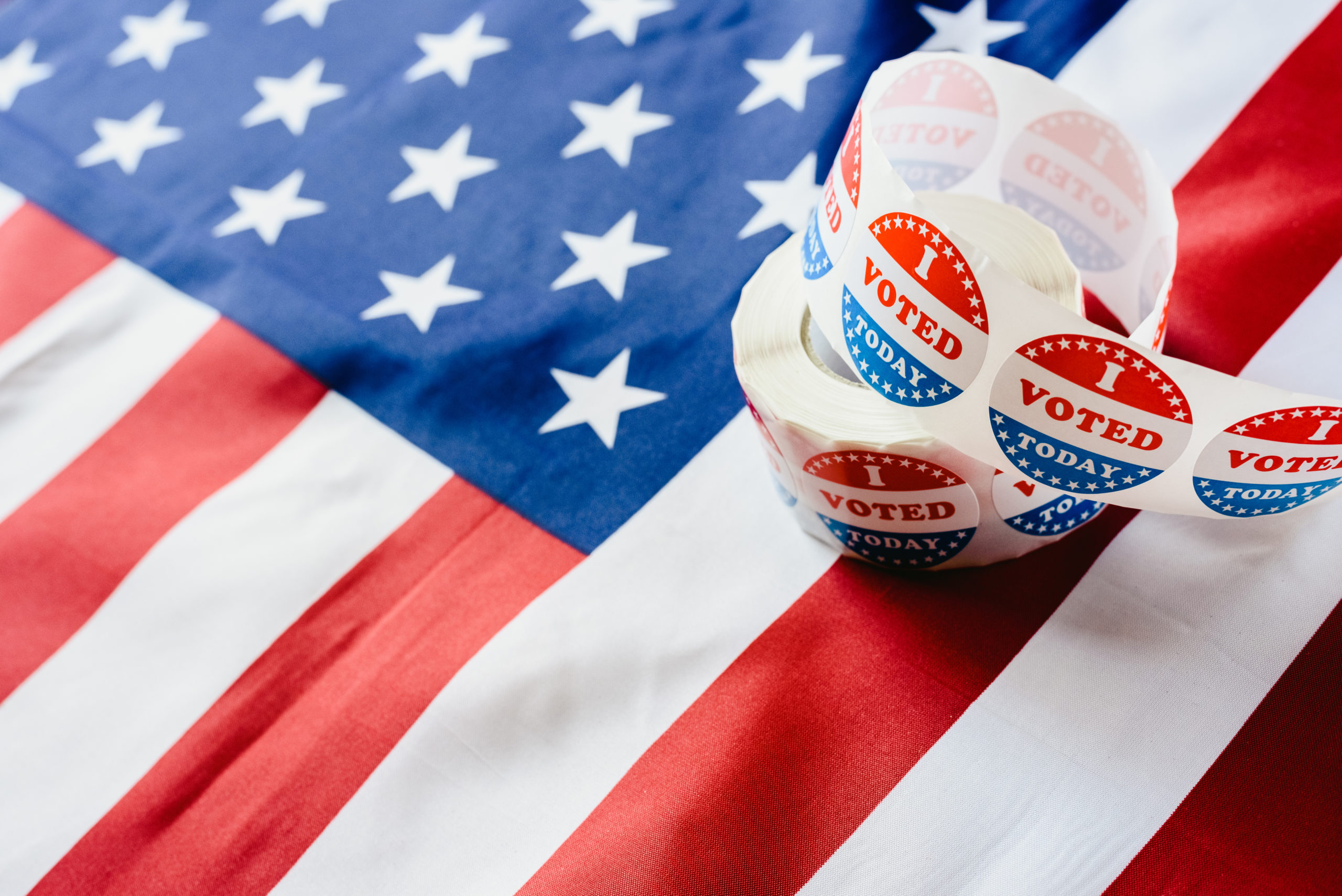The Minnesota Department of Education (MDE) late Thursday released new guidance on how K-12 schools deliver services through the summer. This is based on new Executive Order signed Wednesday by Gov. Tim Walz in response to the COVID-19 pandemic. This includes summer learning, meals, child care and serving children from families working in critical sectors. View new guidance.
Key Takeaways
- Summer Learning: School districts are allowed to do summer learning programs. Districts may choose a hybrid learning model that combines in-school and distance learning to best meet student needs or continue to use distance learning. Maximum in-school class size of 9:1, recommended in-school class size 6:1.
- Meals: During the Summer Learning Period, all public schools must provide access to meals during the school day. If a school district or charter school is unable to directly provide meals to students, it must provide information and resources to families that would allow them to access meals. (Examples include community SFSP sites, food shelves, restaurants providing free student meals)
- Meals for Academics: If districts do academic summer programs (beyond enrichment or recreation), they may choose to use the National School Lunch Program (NSLP), the SFSP meal program or the SSO program. Districts need to carefully examine these options and the implications of their choice. See guidance on pp. 11-12.
- Child Care: Districts may offer child care and are encouraged to so to the extent possible. If districts offer child care, they must prioritize children of families of critical workers. Nothing prevents districts from offering child care to other families as space and staffing permits. Districts may charge fees for this care just as they normally would during the summer months. Districts are encouraged to implement sliding fee scales. See guidance on Prioritization of Children of Families Working in Critical Sectors.
Summer Programming
The Executive Order (57) provides the following guidelines on summer school programming provides by the state’s public K-12 schools:
- Programming: School districts may offer summer programs and extended school year services through either a distance learning model or a hybrid model that employs both distance learning and in-school learning [within the Summer Learning Period]. Notify MDE whether are using a hybrid or distance learning model.
- Timing: The Summer Learning Period begins after the end of each school district’s and charter school’s respective 2019-2020 school year calendars and ends before their respective 2020-2021 school year calendars.
- Staff Accommodations: To the extent possible, a school district or charter school must provide accommodations for staff to work remotely when in-person instruction or service is not required.
- Resources: Consistent with applicable labor agreements, school districts and charter schools are encouraged to negotiate resources for contracted staff supporting summer learning.
- Fund Transfers: Fund transfers for costs incurred in summer programs.
- Planning: Schools may do two days of planning for staff.
- Notify Parents: Provide parents one week’s notice before beginning summer programs.
For more detail, view summer guidance (published 5/14/20)
Families Working in Critical Sectors
The new MDE guidance provides details on prioritizing and serving children of families working in critical sectors, including:
- School districts and charter schools may provide care and programming to all children but must continue to prioritize onsite care for eligible children of critical workers.
- This guidance serves as a clarification for which critical sector workers should be prioritized for summer 2020.
- Nothing prevents care and programming to be provided to children outside of critical sectors as long as public health guidance is followed.
- Districts may charge fees for this care just as they normally would during the summer months. Districts are encouraged to implement sliding fee scales.
…………………………………….
Taking Action
MREA developed a series of guides to help schools respond and plan for the spread of COVID-19:
- Distance Learning: Guide to Communicating with Families
- Distance Learning: Putting It All Together
- Steps to Respond & Communicate
- How to Plan for Distance Learning
Stay Connected
Stay apprised of resources and news on COVID-19 for schools at: MREAvoice.org/covid19





